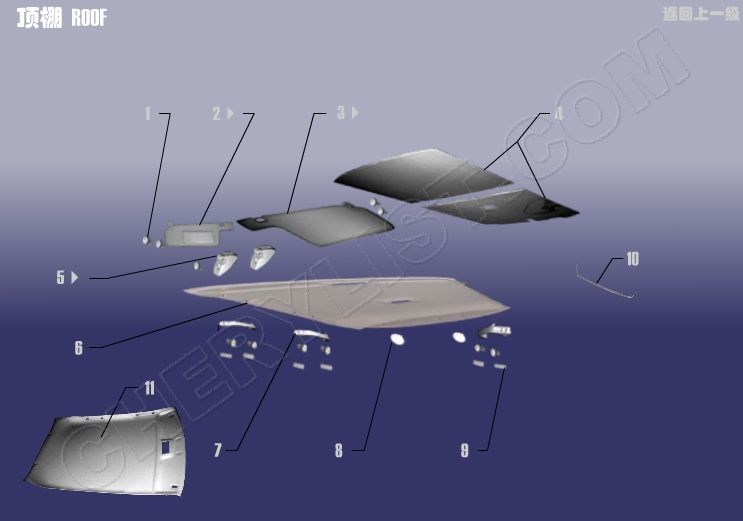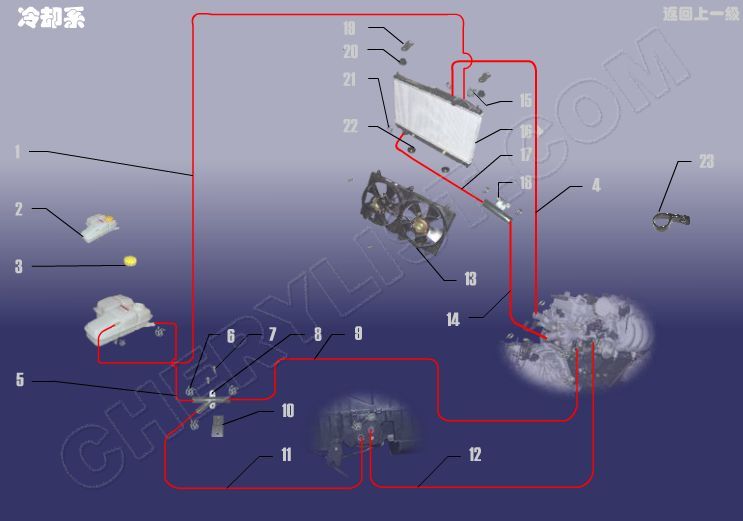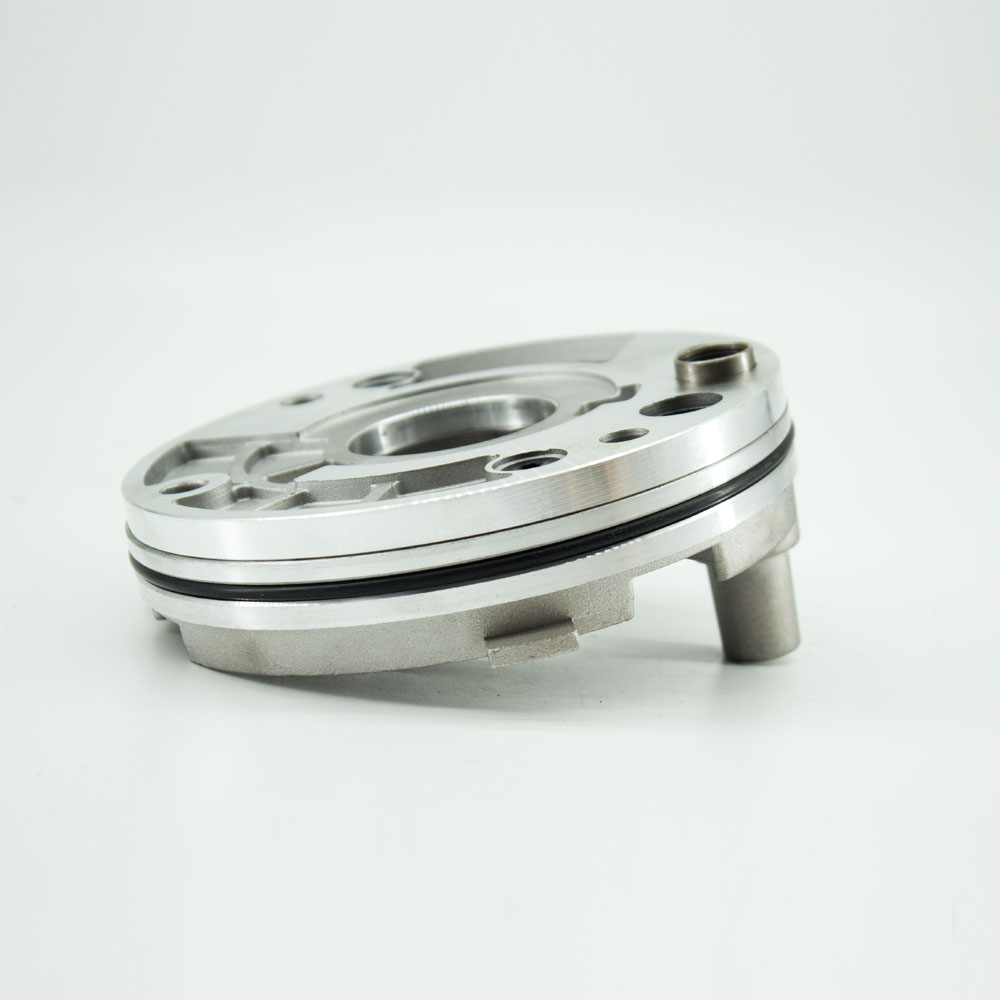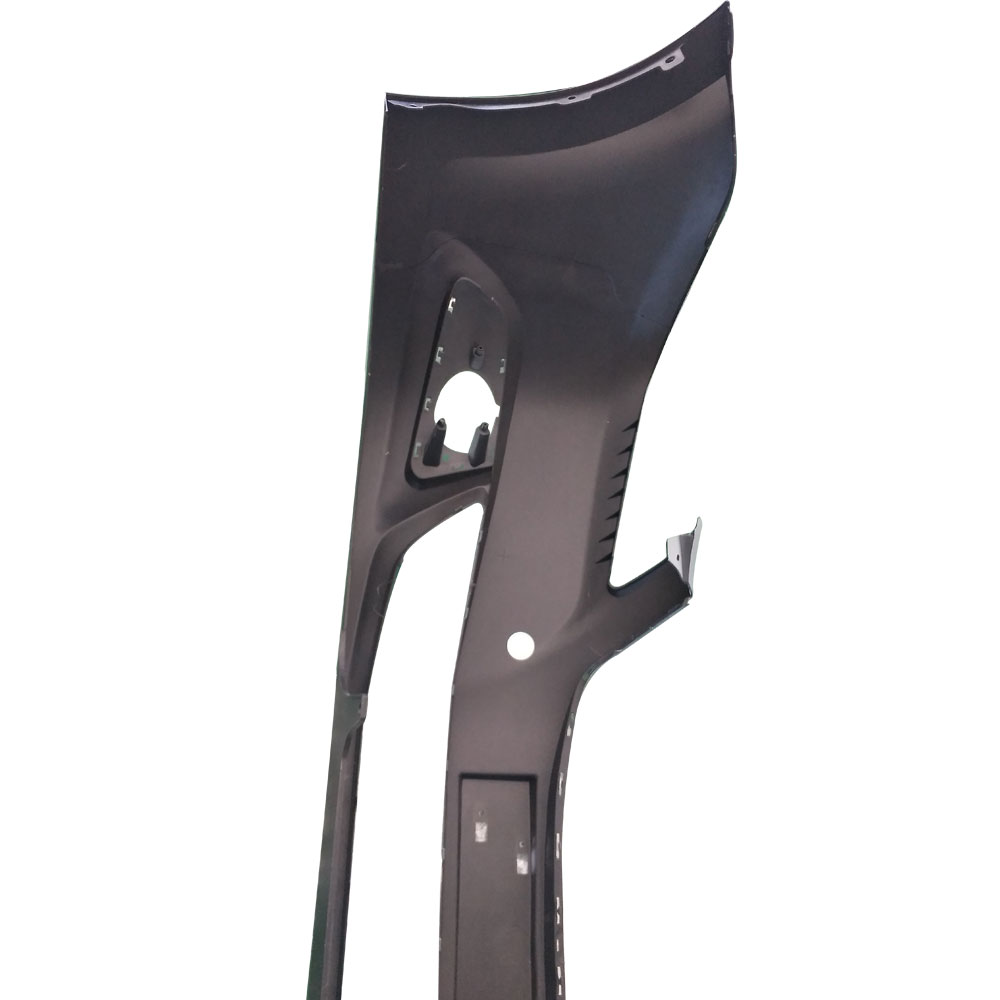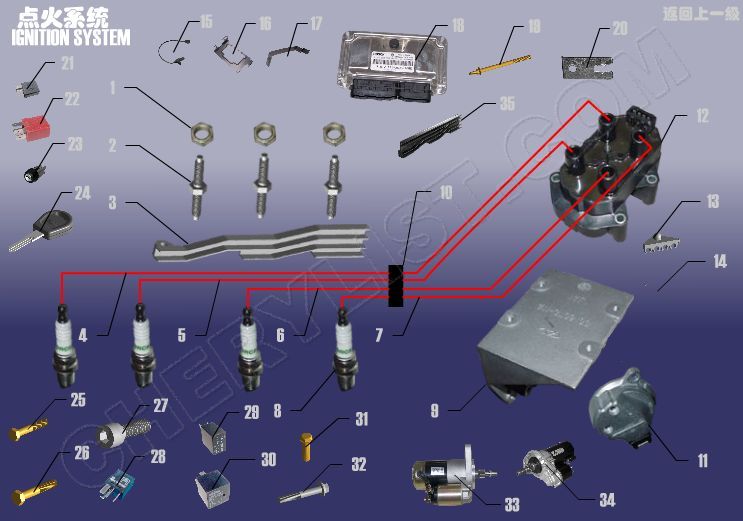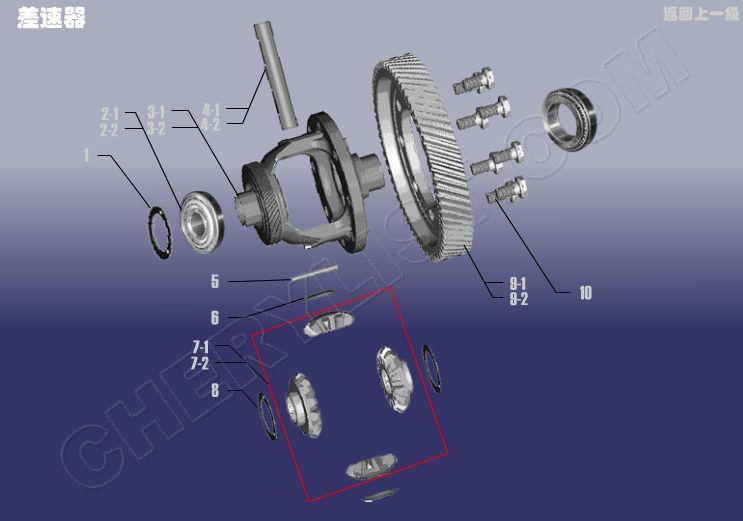Reasonable price for Chery Ball Joint - AC SYSTEM WARM WIND TANK for CHERY AMULET A15 – Qingzhi
Reasonable price for Chery Ball Joint - AC SYSTEM WARM WIND TANK for CHERY AMULET A15 – Qingzhi Detail:
1 N0221481 NUT HEXAGON FLANGE
2 N90445901 SCREW
3 A11-8107045 FAN HOUSING
4 N10017301 NUT
5 A15-5305190 TWIN DUCT ASSY
6 A11-5305110 FOUNDATION VENT ASSY
7 N0901792 SCREW
8 A11-5402095 PRESSURE CAP
9 A15-5305170 SINGLE DUCT ASSY
10 A11-9EC8107310 CYLINDER ASSY – RADIATOR
11 A11-9EC8107017 CASING – DISPENSER
The automobile heating system can realize the functions of heating, defrosting, adjusting temperature and humidity, etc
classification
Car heating system is a complete set of device that blows cold air to the surface of heat exchanger, absorbs its heat and leads it into the car, so as to improve the temperature in the car.
Water heating heating system
The heat source comes from the engine coolant. The water heating heating system is mostly used in cars, large trucks and buses with low heating requirements. Water heating heating system is mainly composed of heater, hot water regulating valve, blower, control panel, etc. Among them, the blower is composed of DC motor with adjustable speed and squirrel cage fan. Its function is to blow cold air to the heater. After heating, the cold air is sent into the vehicle. Adjusting the speed of the motor can adjust the air supply to the compartment.
Air heating system
The heat source comes from the engine exhaust system. Air heated heating system is mostly used in air-cooled engine vehicles.
Heat exchanger heating system: when heating, the exhaust valve 4 is turned to the position shown in Figure 2, the hot air in the exhaust pipe is introduced into the heat exchanger 5, and the cold air blown by the blower absorbs the heat after the heat exchanger and is introduced into the vehicle for heating or defrosting.
Heat pipe heating system: the heat pipe heat exchanger is vertically installed in the floor of the carriage. The condensation and heat release section is above the floor and the exhaust gas heating section is below the floor. The exhaust gas discharged from the exhaust pipe of the automobile engine is introduced into the heat pipe exchanger, which is equipped with liquid ammonia. After being heated, the liquid ammonia vaporizes and rises to the upper part of the heat pipe exchanger for heat exchange with the air to heat the air coming in from the vent. After the air is heated, it is blown into the compartment by the blower for heating. Once the heat is released, the ammonia condenses and flows back to the lower part, and then completes the next working cycle.
Fuel air heating system: a heating system that directly heats air with fuel is called fuel air heating system.
Independent combustion heating system
The heat source comes from the heat of special fuel combustion. Independent combustion heating system is mostly used on buses.
Integrated preheating heating system
The heat source comes from the heat of engine coolant and the heat of special fuel combustion device. The integrated preheating heating system is mostly used on buses.
Product detail pictures:
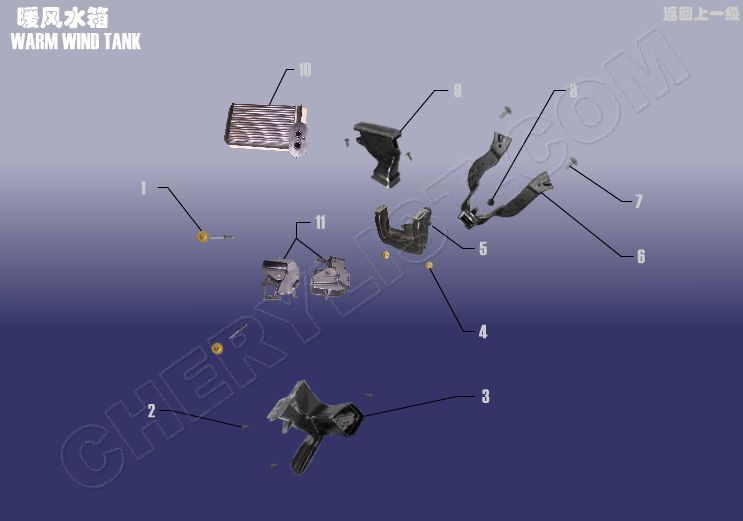
Related Product Guide:
Our company has been concentrating on brand strategy. Customers' pleasure is our greatest advertising. We also source OEM service for Reasonable price for Chery Ball Joint - AC SYSTEM WARM WIND TANK for CHERY AMULET A15 – Qingzhi , The product will supply to all over the world, such as: Munich , Germany , Turin , With its rich manufacturing experience, high-quality products, and perfect after-sale service, the company has gained good reputation and has become one of the famous enterprise specialized in manufacturing series.We sincerely hope to establish business relation with you and pursue mutual benefit.
Product quality is good, quality assurance system is complete, every link can inquire and solve the problem timely!



